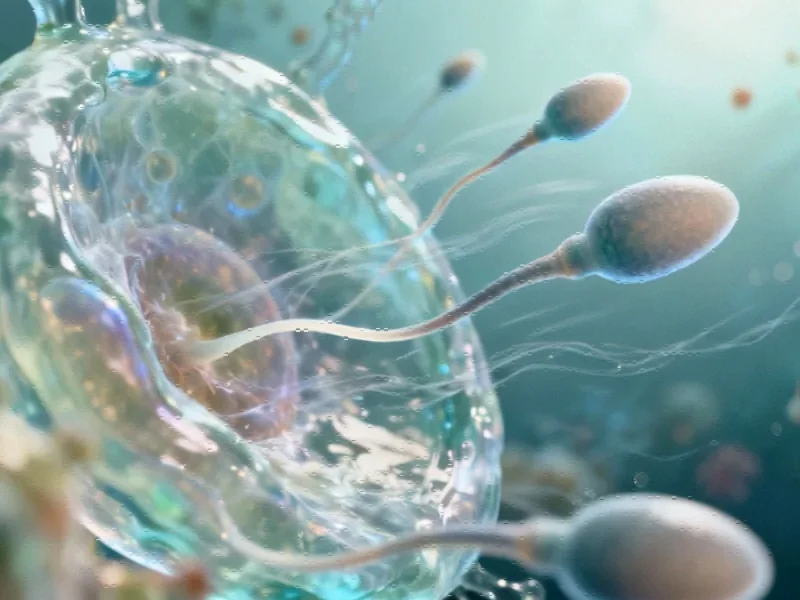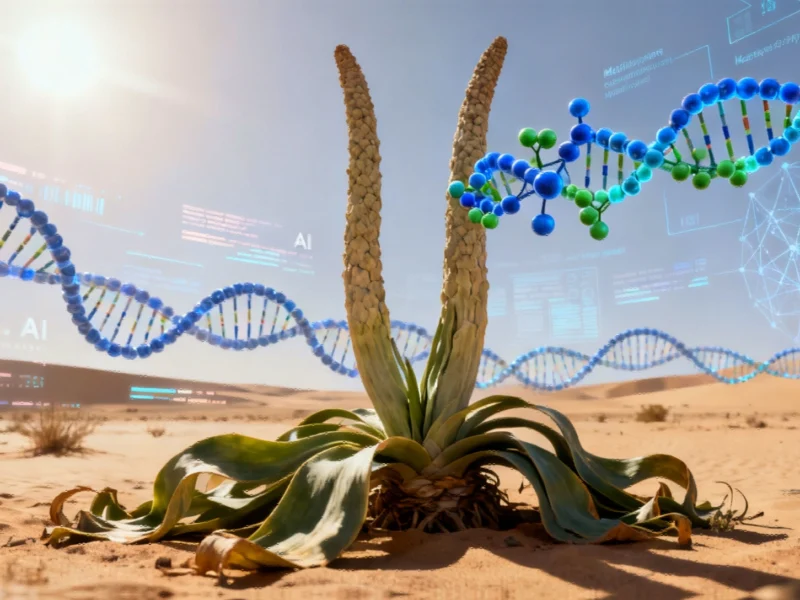The Growing Concern of Paternal Age and Genetic Mutations
As societal trends shift toward later parenthood, scientists are uncovering troubling patterns in how paternal age affects offspring health. Recent research reveals that older fathers may unknowingly pass an increasing number of genetic mutations to their children through a process researchers have termed “selfish spermatogonial selection.” This phenomenon, which shares characteristics with early tumor development, could explain why children born to older fathers face higher risks of certain congenital disorders and developmental conditions.
The implications are significant in our current era, where reproduction is occurring later across many populations. Whole-genome sequencing studies consistently demonstrate that most new mutations in children originate from the male germline, with mutation frequency climbing steadily as men age. This creates an urgent need for greater awareness and potentially new screening approaches for couples considering later-life parenthood.
Understanding Selfish Spermatogonial Selection
At the heart of this issue are spermatogonial stem cells in the adult testis, which normally maintain sperm production throughout a man’s life. Occasionally, specific point mutations occur in genes that control cell growth and division—particularly those involved in the growth factor receptor-RAS signaling pathway. While these mutations are rare initially, they confer a competitive advantage to the affected cells, allowing them to replicate more efficiently than their normal counterparts.
Researchers compare this process to early tumor growth, as these “selfish” mutant spermatogonia gradually expand their population over time. The result is an increasing proportion of mutant sperm in older men’s semen. When one of these mutant sperm fertilizes an egg, the consequences for the next generation can be severe, including multiple malformations and, in some cases, a predisposition to cancer.
The Molecular Mechanisms Behind the Mutation Spread
The specific mutations driving this phenomenon typically create gain-of-function changes in proteins that regulate cell proliferation. Components of the RAS pathway, which is crucial for controlling cell growth and differentiation, appear particularly vulnerable. When these proteins become hyperactive due to mutation, the affected spermatogonial stem cells divide more frequently, gradually outcompeting normal stem cells in the testicular niche.
This clonal expansion occurs silently over decades, with no obvious symptoms for the man himself. However, the accumulating mutations in his sperm population create what scientists describe as a “hidden genetic time bomb” that only becomes apparent when passed to the next generation. Understanding these aging male fertility mechanisms is crucial for developing potential interventions.
Clinical Implications and Future Directions
The recognition of selfish spermatogonial selection has profound implications for genetic counseling and reproductive medicine. Conditions such as Apert syndrome, Pfeiffer syndrome, and certain forms of childhood cancer show strong correlations with advanced paternal age, likely resulting from this mechanism. As researchers continue to map the relationship between paternal age and specific genetic disorders, we may see changes in screening recommendations for older prospective fathers.
Meanwhile, parallel industry developments in medical technology and genetic screening offer hope for better detection and prevention strategies. The same technological advances driving other recent technology sectors could eventually provide solutions for identifying men at highest risk of passing on these mutations.
Broader Context and Related Innovations
This research intersects with several other areas of scientific and technological progress. The same molecular pathways involved in selfish spermatogonial selection play roles in various cancers, creating opportunities for cross-disciplinary insights. Additionally, the growing focus on open-source apps emerge as privacy-focused alternatives in digital health highlights how transparency in research and data sharing can accelerate understanding of complex biological processes.
Other related innovations in computational biology and artificial intelligence are helping researchers analyze the vast datasets generated by whole-genome sequencing studies. These tools may eventually enable more precise predictions of individual mutation risks. Furthermore, ongoing market trends in genetic testing and reproductive health suggest growing recognition of paternal factors in child health outcomes.
Moving Forward: Awareness and Potential Solutions
While the discovery of selfish spermatogonial selection raises concerns, it also opens avenues for potential solutions. Researchers are exploring whether lifestyle factors, nutritional interventions, or pharmacological approaches might slow the accumulation of these mutations. Additionally, improved genetic screening techniques could help identify high-risk mutations before conception, enabling informed reproductive decisions.
Public education about paternal age effects remains crucial, as current awareness campaigns predominantly focus on maternal age. As our understanding of male reproductive biology deepens, we may develop more sophisticated approaches to preserving genetic integrity across generations—an important goal as society continues to delay childbearing.
The phenomenon of selfish spermatogonia represents both a challenge and an opportunity—a chance to rethink how we approach reproductive health and genetic risk in an era of later parenthood. Through continued research and technological innovation, we may eventually mitigate the hidden genetic legacy of advancing paternal age.
This article aggregates information from publicly available sources. All trademarks and copyrights belong to their respective owners.
Note: Featured image is for illustrative purposes only and does not represent any specific product, service, or entity mentioned in this article.



